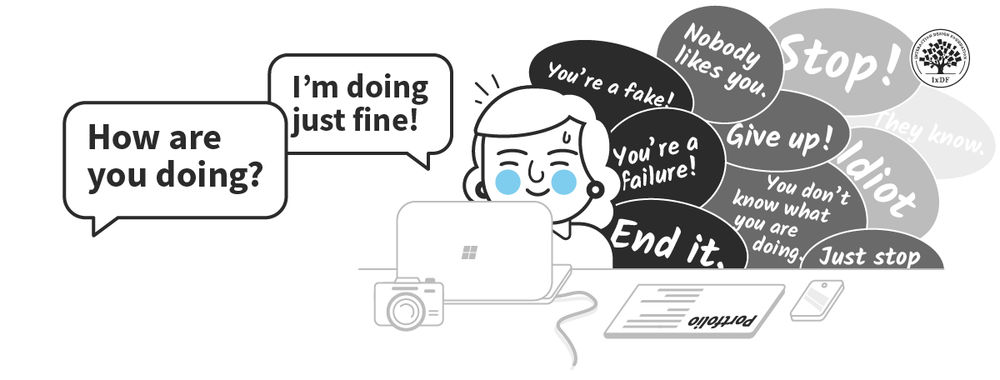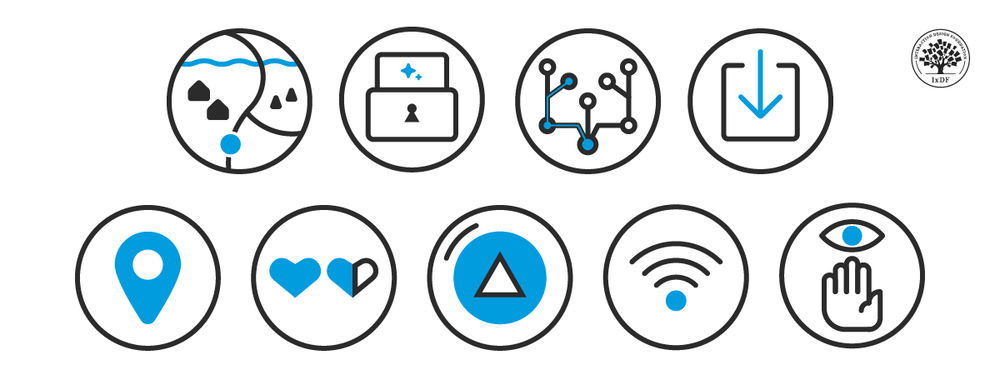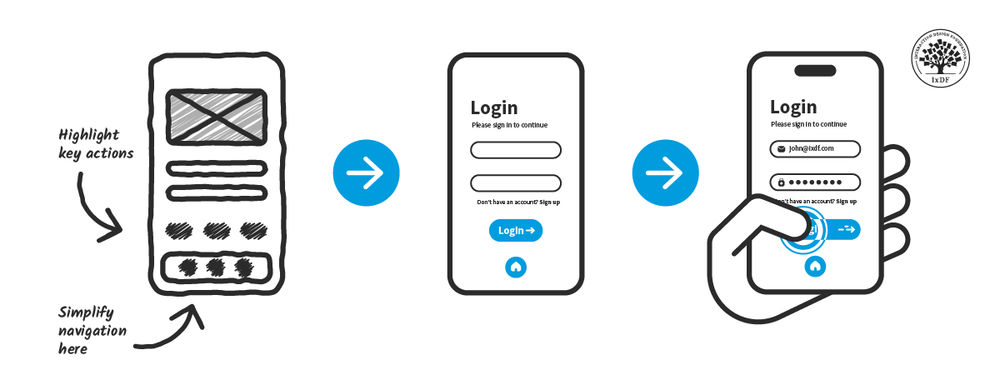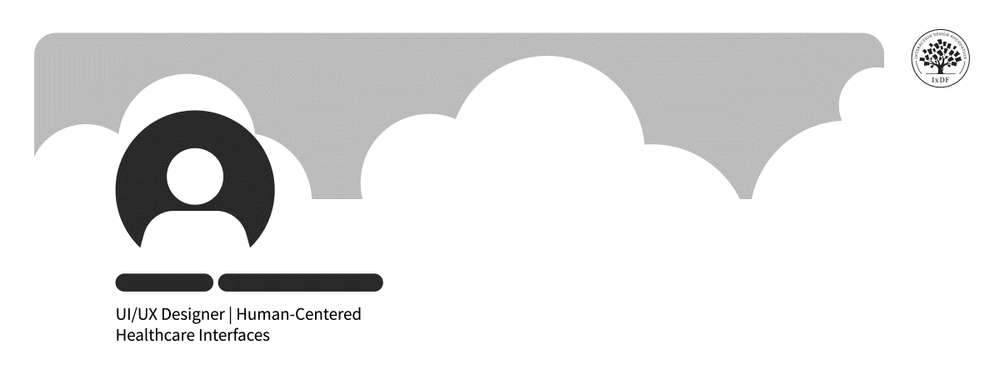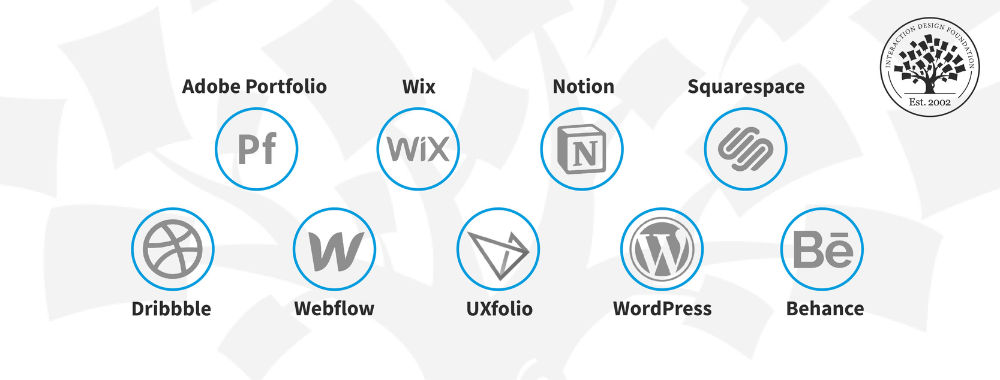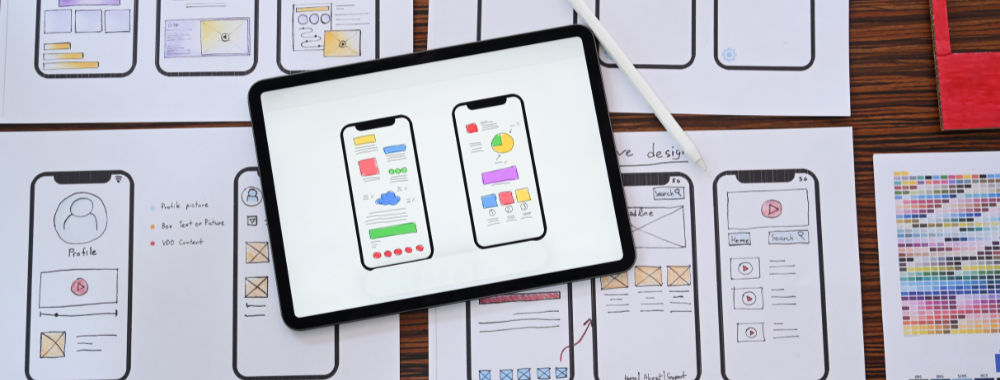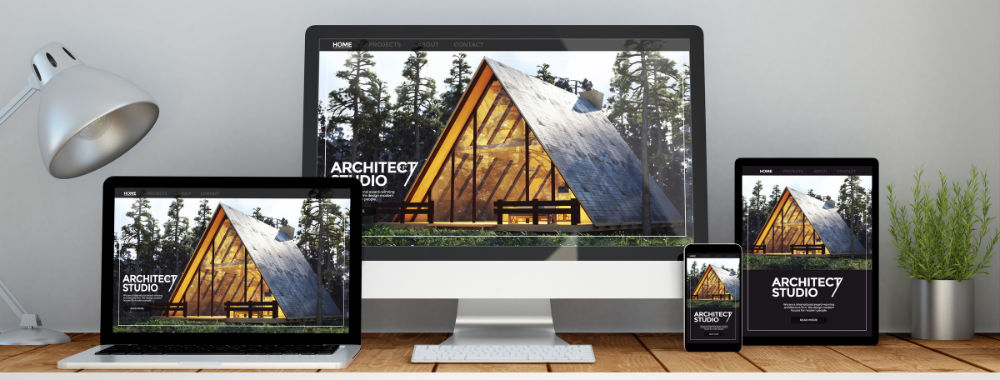There are only so many hours in the day and after working full-time it can be very difficult to squeeze in the right training courses to develop our skills and move us to the next level of our career path. So how do you go about choosing the right design training approach for your needs?
Let’s take a look at the options:
Classroom Based Training (CBT)

Classroom based training (CBT) is expensive and requires a commitment to attend on a certain date and in a certain place. It’s biggest advantage comes when you are learning a large(ish) skill set where you have no previous experience at all. This is because you can gain practical feedback immediately during classroom training to correct any mistakes you’re making.
The downside is that classroom training often doesn’t stick very well. (e.g. the skills you learn rapidly degrade outside of the classroom unless you immediately put them into real-world practice).
We recommend classroom training for highly practical new skills (such as learning Photoshop or Illustrator) when classroom training suits your own learning preferences. You should be committed to utilizing what you learn straight after the training or you should put it off until you can.
Distance Learning

Distance learning is slowly dying out and to be honest for designers… it doesn’t have too much to recommend itself any more. The idea is that you will receive course materials by post and then submit your work by post. Given that e-learning has largely occupied this territory and has the advantage of being much faster in turn around and much more secure (e-mails that get lost can be resent – packages that get lost can take much more effort to recreate) there’s not too much to recommend distance learning for now.
We’d only recommend distance learning if you have no other options that are easily (or economically) available to you. We can see that in areas with particularly poor internet or power reliability that distance learning might still have some appeal.
E-Learning

We’re somewhat biased towards e-learning because that’s what we sell but we do admit that it’s not always the right choice. E-learning is perfect for people who want to do a bit of learning here and a bit of learning there. They need the freedom to study whenever and wherever they want to. On the flip side; we strongly recommend e-learning with a built in support network (we have course forums where students can work together for example) because there’s a genuine concern that people find it harder to complete e-learning (as opposed to classroom learning) because they feel less pressure to complete the course.
E-learning is often incredibly cost-effective and can allow you to learn a vast range of design skills that would not be affordable (either financially or in terms of time commitment) in a classroom.
Summary
There’s a lot of personal preference in choosing the right learning method for your design education. There are times when we could all benefit from a hands-on classroom instructor (I’d never have mastered MS Access without classroom training) and other times when studying online is a much better idea (I gained my training certifications online – I couldn’t afford the time off work to do them in a classroom).
Images: Header, Classroom, DL, e-learning



